Home>Ideas and Tips>DIY Guide To Installing A Bathroom Shower With Personalized Microbiome Support
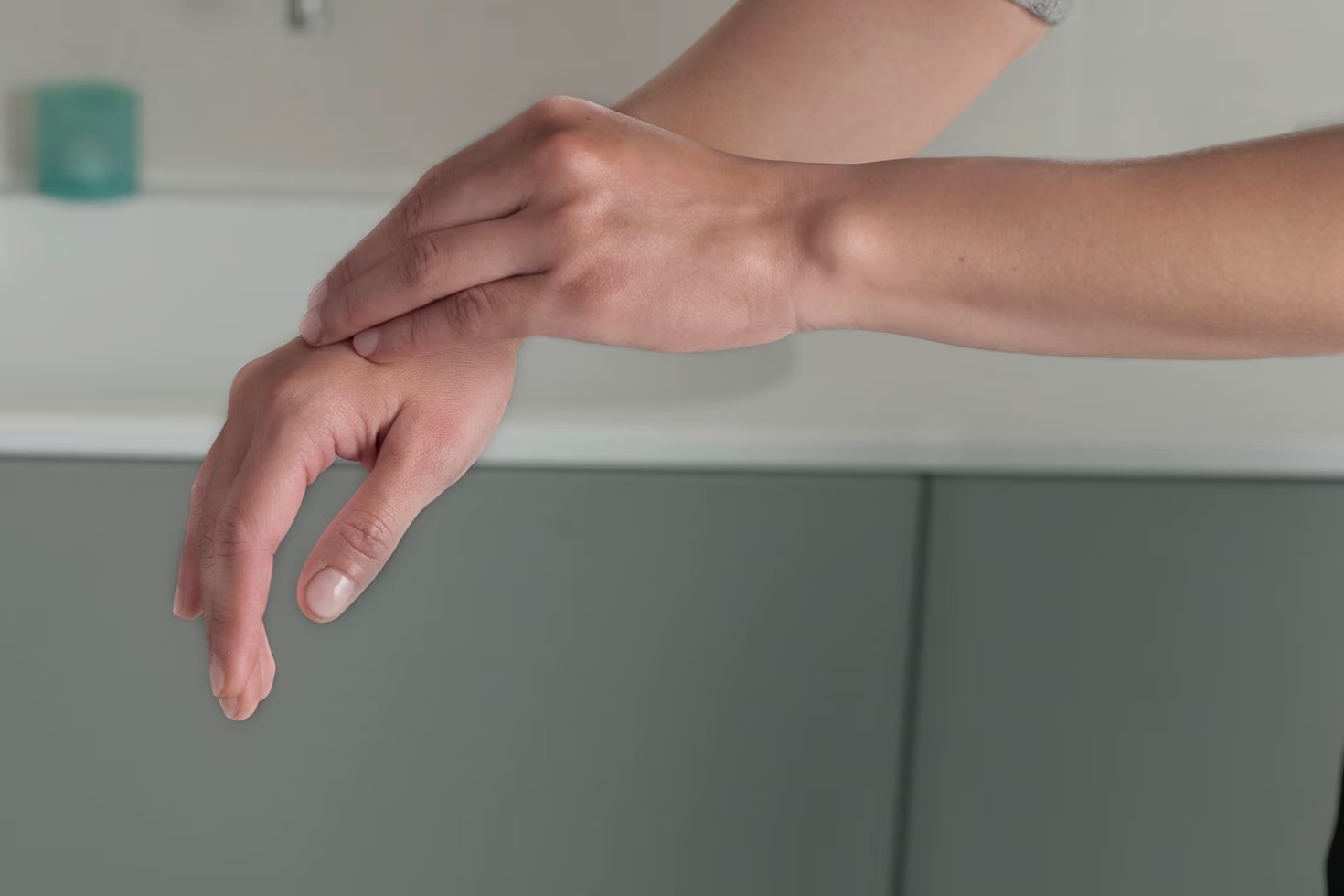

Ideas and Tips
DIY Guide To Installing A Bathroom Shower With Personalized Microbiome Support
Modified: October 28, 2024
Learn how to install a bathroom shower with personalized microbiome support. Follow our step-by-step guide for a healthier, stylish bathroom.
(Many of the links in this article redirect to a specific reviewed product. Your purchase of these products through affiliate links helps to generate commission for Storables.com, at no extra cost. Learn more)
Introduction
Installing a bathroom shower can be a daunting task, especially when you want to incorporate personalized microbiome support. However, with the right tools and a bit of planning, you can create a shower that not only enhances your bathroom's aesthetic but also promotes a healthier environment. In this article, we will guide you through the process of installing a bathroom shower while focusing on creating a space that supports your microbiome.
Read more: DIY Guide To Installing A Tile Shower
Why Microbiome Support Matters
Bathrooms are often overlooked when it comes to microbiome health, but they play a crucial role in our overall well-being. The shower, in particular, is an area where we can significantly impact the balance of microorganisms in our environment. By choosing the right materials and incorporating specific design elements, you can create a shower that not only looks great but also supports your microbiome.
Step 1: Planning Your Shower Installation
Before you begin the installation process, it's essential to plan carefully. Here are some steps to consider:
-
Measure Your Space: Measure the dimensions of your bathroom to determine the best placement for your shower. Consider the location of plumbing fixtures, electrical outlets, and any other obstructions.
-
Choose Your Materials: Decide on the materials you want to use for your shower. This includes tiles, countertops, cabinets, and any other components. Choose materials that are durable and easy to clean.
-
Select a Shower Type: Decide on the type of shower you want. This could be a walk-in shower, a shower stall, or even a freestanding tub.
-
Consider Ventilation: Proper ventilation is crucial in a bathroom to prevent moisture buildup. Consider installing a ventilation fan or ensuring that your shower area has good airflow.
-
Personalize Your Design: Think about how you want your shower to look and feel. Incorporate elements that support your microbiome, such as natural materials and plants.
Step 2: Preparing Your Bathroom
Before you start the installation process, make sure your bathroom is prepared:
-
Clear the Area: Clear the area where you will be working. Remove any furniture or fixtures that could get in the way.
-
Protect Your Floors: Protect your floors with drop cloths or plastic sheets to prevent damage from water and debris.
-
Turn Off Utilities: Turn off the water supply to your bathroom and ensure that electricity is shut off if you're working with electrical components.
-
Remove Old Fixtures: Remove any old fixtures, including the showerhead, handles, and any other components you plan to replace.
Step 3: Installing the Shower Base
The shower base is the foundation of your shower installation. Here’s how to install it:
-
Lay Out the Base: Lay out the base of your shower using a level to ensure it's perfectly aligned.
-
Apply Adhesive: Apply adhesive to the base of the shower and press it firmly into place.
-
Secure the Base: Use screws or nails to secure the base to the floor. Make sure it's level and plumb.
-
Allow It to Set: Allow the adhesive to set before proceeding with the next step.
Step 4: Installing Tiles
Tiles are not only functional but also play a big role in the aesthetic of your bathroom. Here’s how to install them:
-
Prepare the Area: Prepare the area by applying a layer of underlayment material to ensure even drainage.
-
Lay Out Tiles: Lay out your tiles using a level and spacers to ensure they are evenly spaced.
-
Apply Adhesive: Apply adhesive to the back of each tile and press it firmly into place.
-
Cut Tiles as Needed: Cut tiles as needed using a tile cutter or wet saw.
-
Grout Tiles: Grout tiles once they are all in place, using a grout float to spread it evenly.
-
Seal Grout: Seal grout after it has dried to protect it from stains and moisture.
Step 5: Incorporating Personalized Microbiome Support
Now that you have your shower base and tiles installed, it's time to incorporate elements that support your microbiome:
-
Use Natural Materials: Use natural materials like stone, wood, or bamboo for your shower components. These materials are less likely to harbor harmful bacteria and promote a healthier environment.
-
Add Plants: Add plants like aloe vera or snake plants near your shower area. These plants are known for their air-purifying properties and can help maintain a balanced microbiome.
-
Incorporate Essential Oils: Incorporate essential oils like tea tree oil or lavender oil into your shower routine. These oils have antimicrobial properties that can help reduce bacteria and fungi growth.
-
Use Non-Toxic Cleaning Products: Use non-toxic cleaning products that are free from harsh chemicals. These products are gentler on your skin and the environment, promoting a healthier microbiome.
Step 6: Installing the Showerhead and Handles
Once your shower base and tiles are installed, it's time to install the showerhead and handles:
-
Choose a Showerhead: Choose a showerhead that is designed to reduce water pressure and flow rate. This can help conserve water and reduce the amount of bacteria that are washed into the environment.
-
Install Handles: Install handles that are easy to clean and maintain. Look for handles made from materials like stainless steel or glass, which are less likely to harbor bacteria.
-
Add a Rain Showerhead: Consider adding a rain showerhead for a more luxurious experience. Rain showerheads often have multiple jets that can help distribute water evenly, reducing the likelihood of bacterial growth.
Step 7: Adding Storage Solutions
Clutter can instantly make a bathroom look unappealing, especially a cluttered counter space. Here’s how to add storage solutions:
-
Install Shelves: Install shelves or cabinets above the shower area to store toiletries and other essentials.
-
Use Baskets: Use baskets or drawers to keep toiletries organized and out of sight.
-
Optimize Space: Optimize space by using multi-functional furniture like a vanity with drawers.
-
Group Similar Items Together: Group similar items together to keep things tidy and easily accessible.
Step 8: Paying Attention to Lighting
Lighting is crucial in setting the mood and ambiance of any room, including the bathroom:
-
Install Dimmer Switches: Install dimmer switches or add different sources of lighting such as sconces, pendant lights, or even a statement chandelier.
-
Add Scented Candles: Add scented candles for an extra touch of relaxation and tranquility.
-
Consider LED Lighting: Consider using LED lighting which is energy-efficient and can be programmed to different colors and intensities.
Step 9: Don’t Forget the Small Details
The little details can make all the difference in creating an aesthetic bathroom:
-
Add Hand Towels: Add hand towels and bath mats that are made from natural materials like cotton or bamboo.
-
Incorporate Artwork: Incorporate artwork or decorative elements that reflect your personal style.
-
Keep It Clutter-Free: Keep the bathroom clutter-free by regularly decluttering and organizing your space.
Conclusion
Creating a bathroom shower with personalized microbiome support requires careful planning and attention to detail. By choosing natural materials, incorporating plants, using non-toxic cleaning products, and optimizing storage solutions, you can create a space that not only looks great but also promotes a healthier environment. Remember to pay attention to lighting and don’t forget the small details that can make all the difference in creating an aesthetic bathroom.
Additional Tips for Supporting Your Microbiome
-
Use Natural Soap: Use natural soap that is free from harsh chemicals. Look for soaps made from natural ingredients like coconut oil or olive oil.
-
Avoid Harsh Chemicals: Avoid using harsh chemicals in your bathroom. These chemicals can disrupt the balance of your microbiome and lead to health issues.
-
Keep Your Bathroom Well-Ventilated: Keep your bathroom well-ventilated to prevent moisture buildup. This can help reduce the growth of bacteria and fungi.
-
Regularly Clean Your Shower: Regularly clean your shower using non-toxic cleaning products. This can help maintain a balanced microbiome and prevent the buildup of harmful bacteria.
-
Consider Using a Water Filter: Consider using a water filter in your shower to remove impurities from the water. This can help reduce the amount of bacteria that are washed into the environment.
By following these tips and incorporating personalized microbiome support into your bathroom shower installation, you can create a space that not only enhances your bathroom's aesthetic but also promotes a healthier environment.
Was this page helpful?
At Storables.com, we guarantee accurate and reliable information. Our content, validated by Expert Board Contributors, is crafted following stringent Editorial Policies. We're committed to providing you with well-researched, expert-backed insights for all your informational needs.
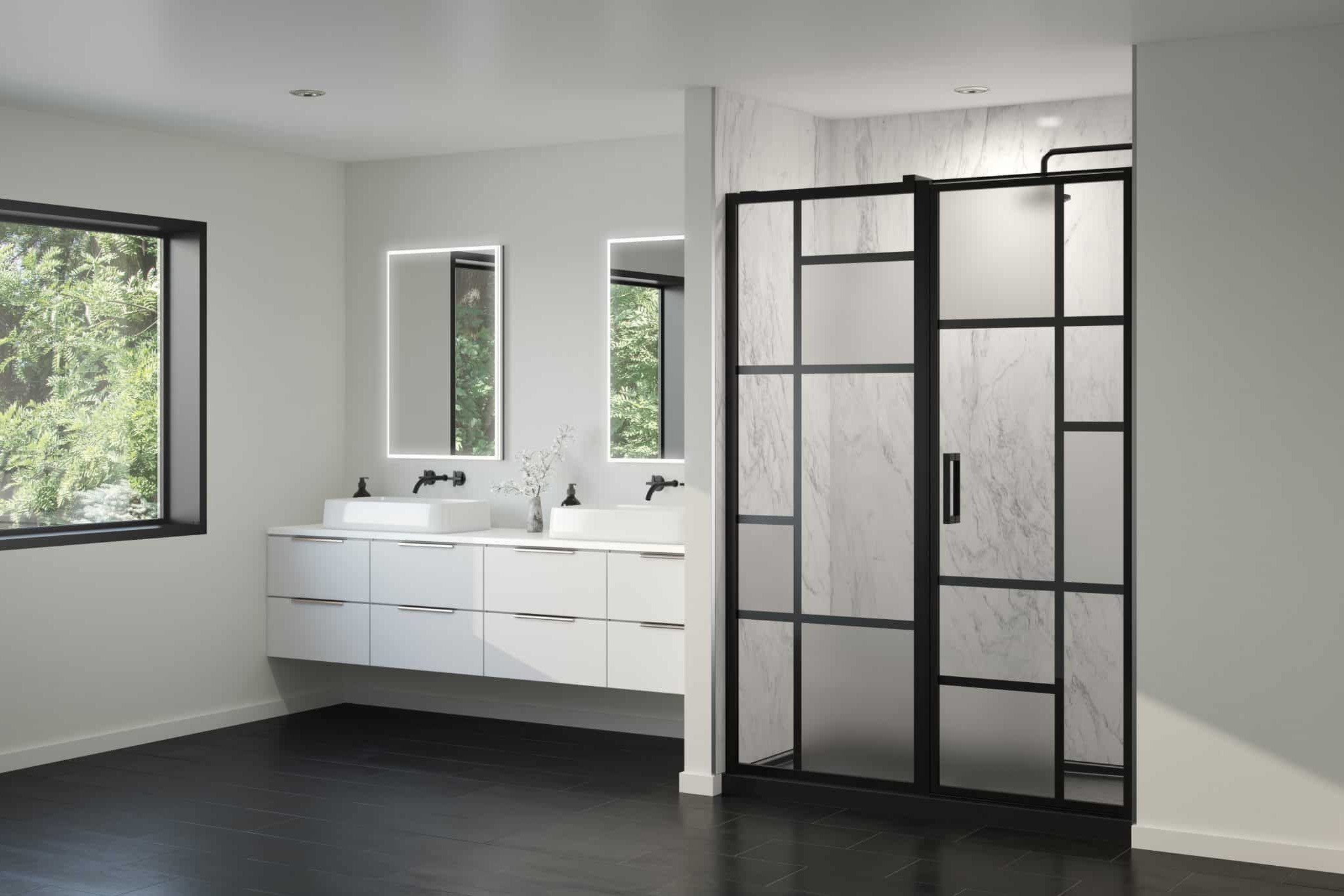
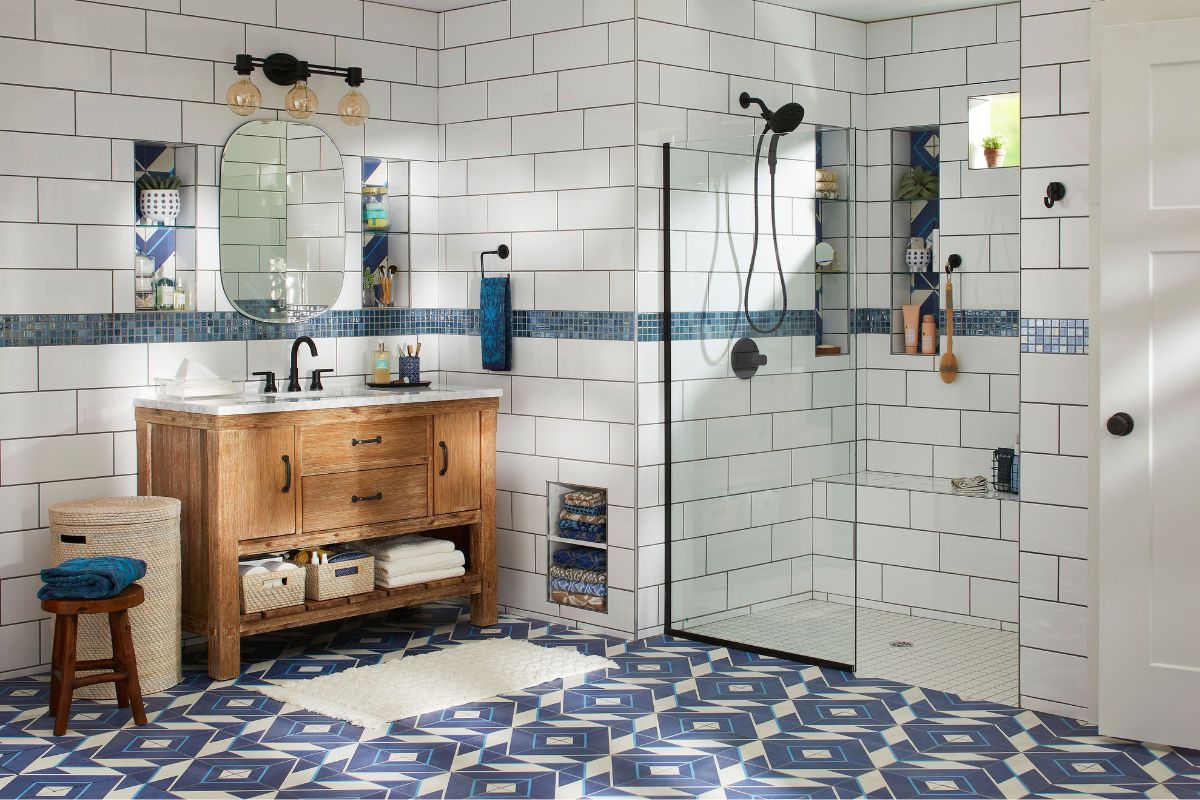
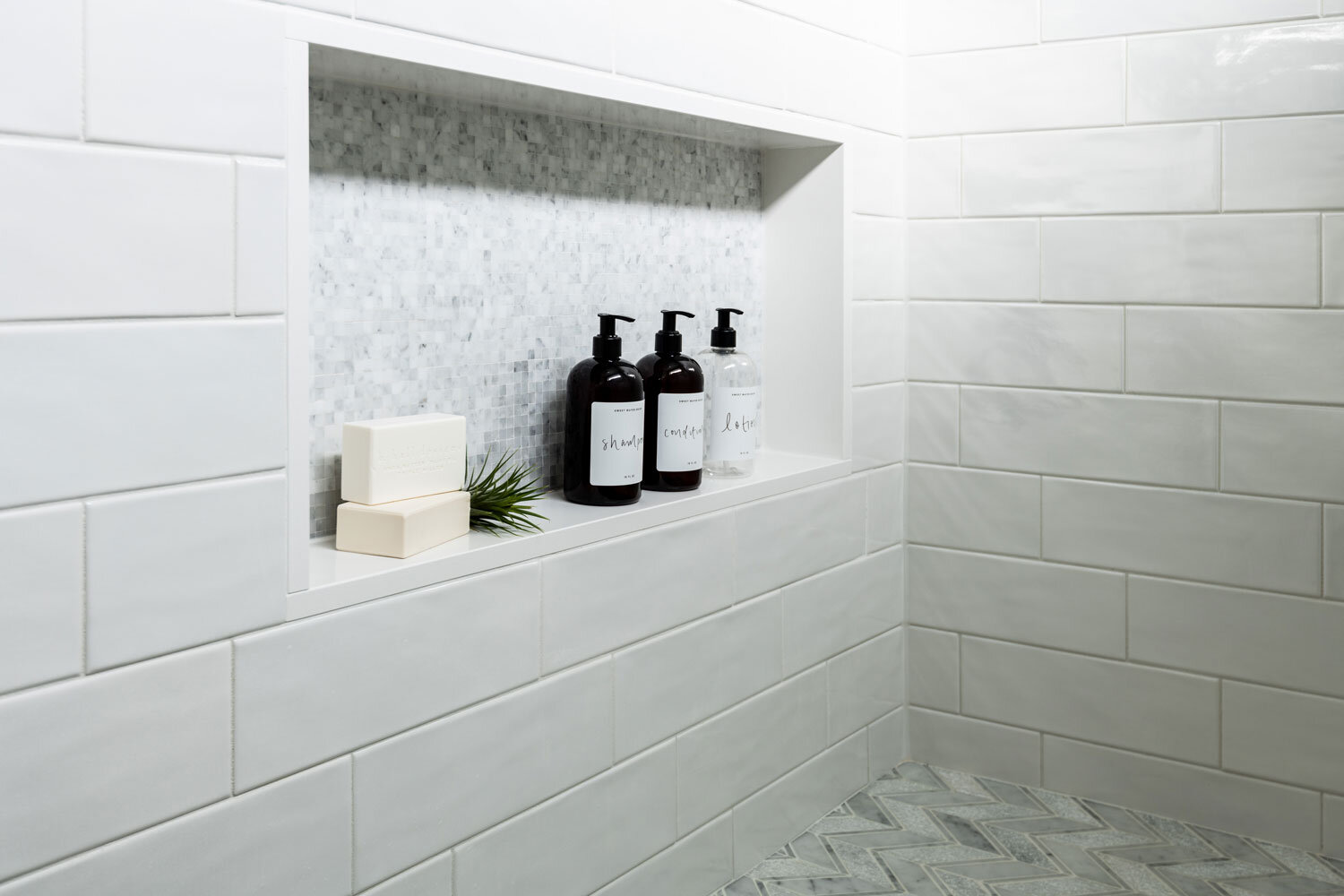
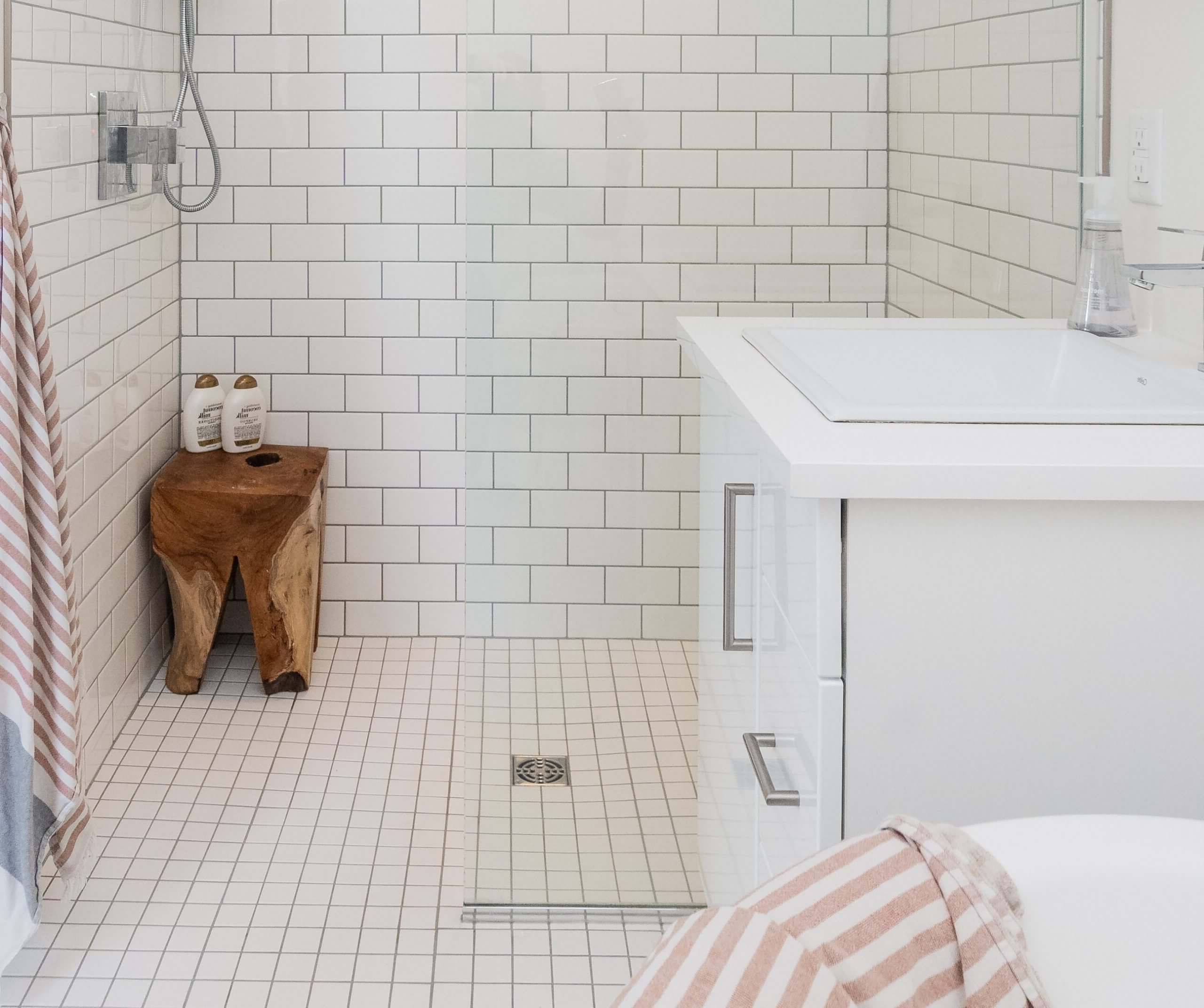
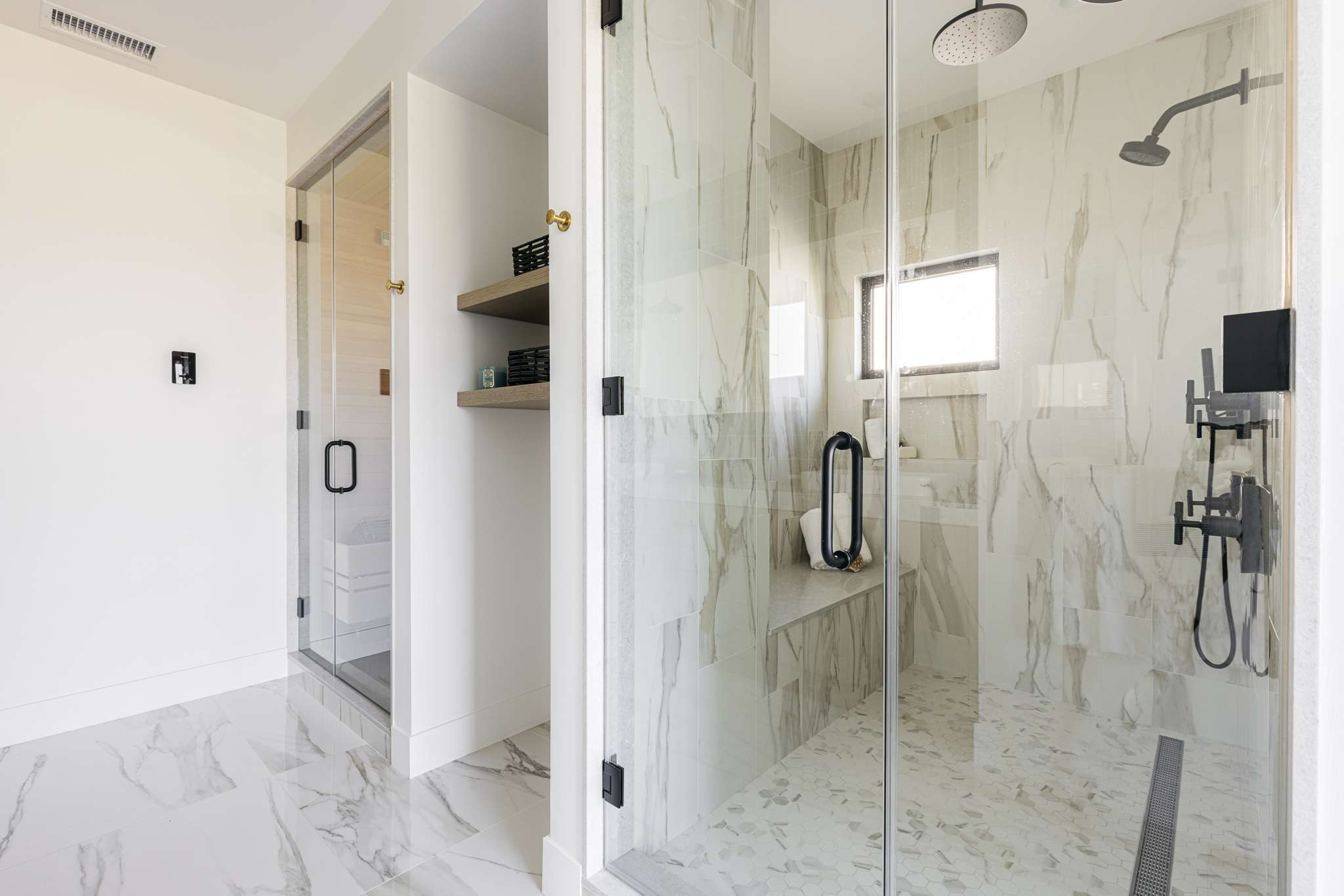
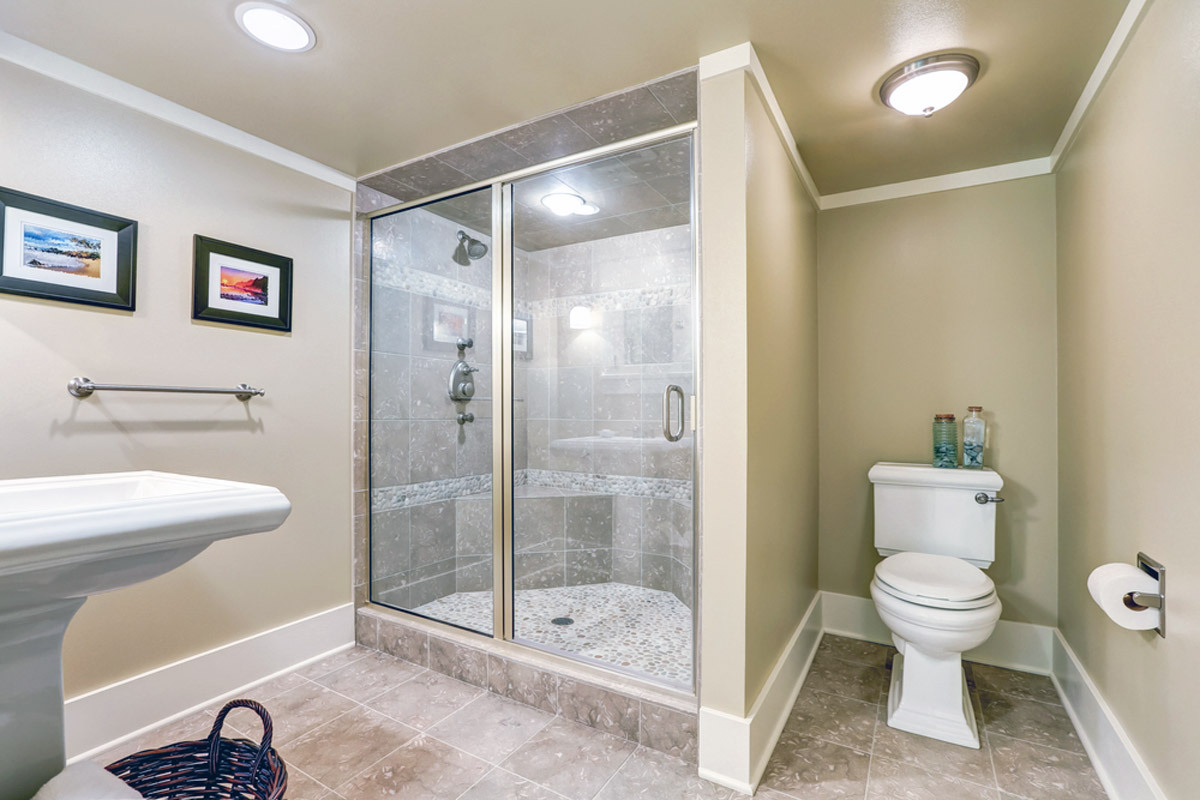
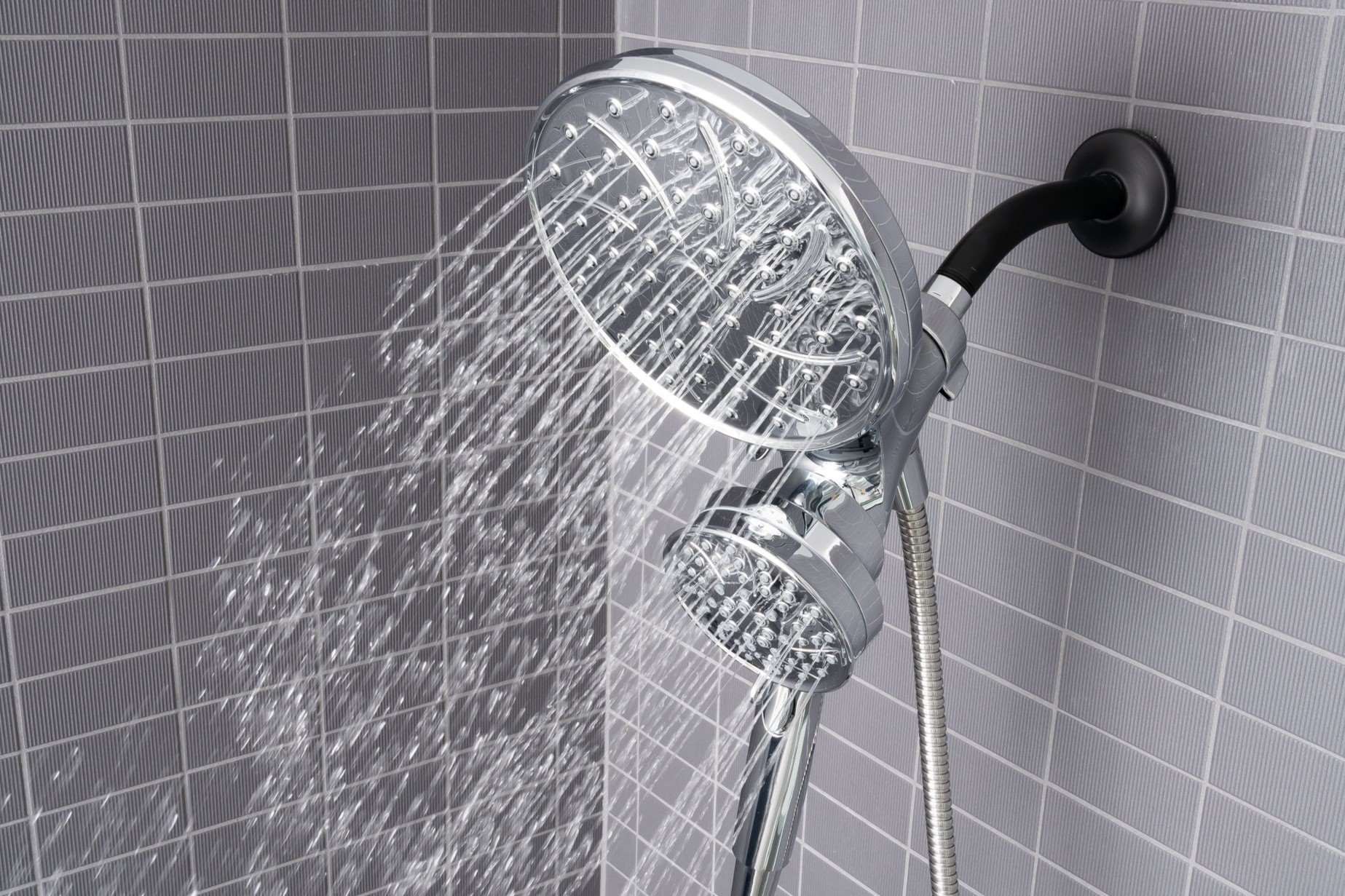
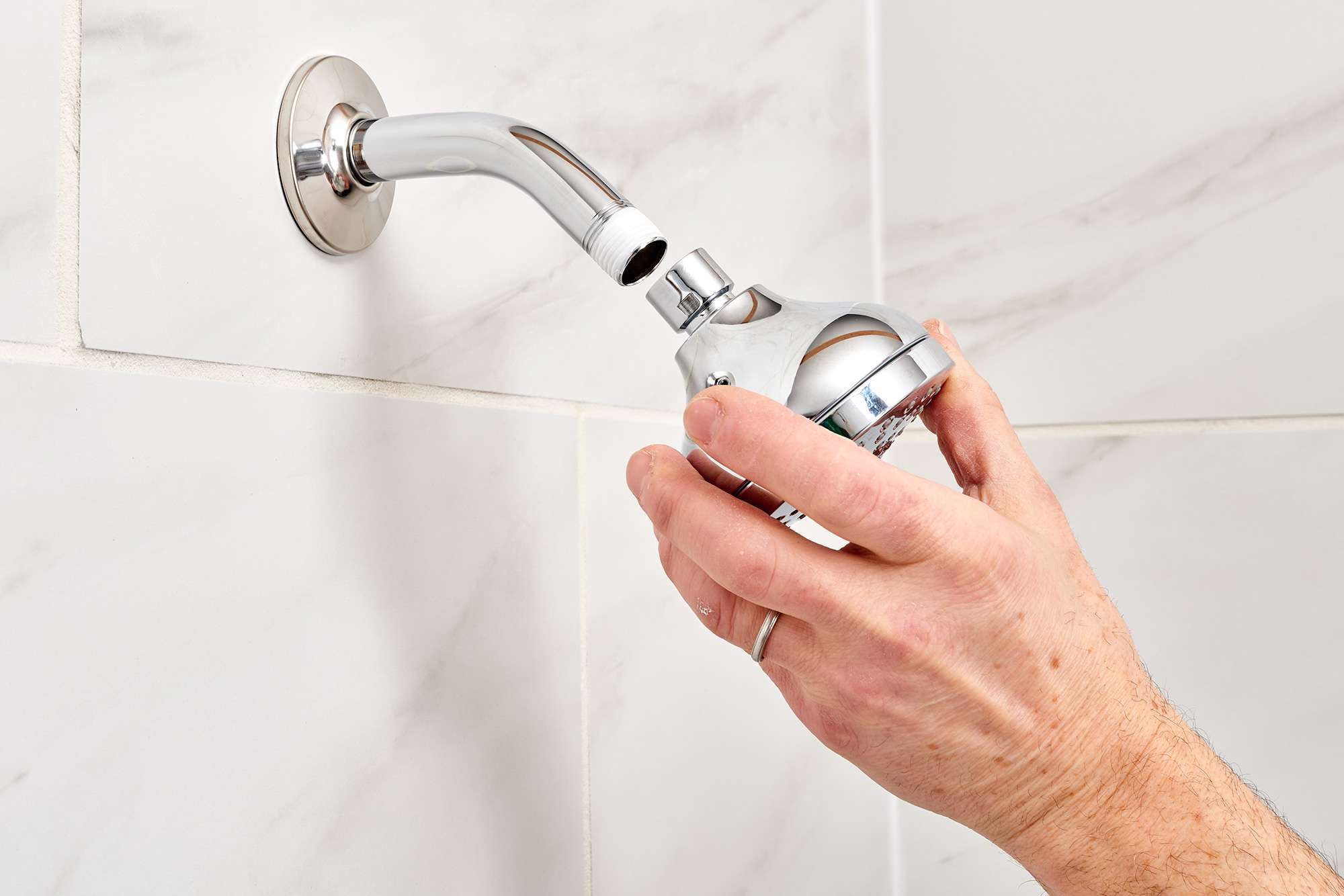
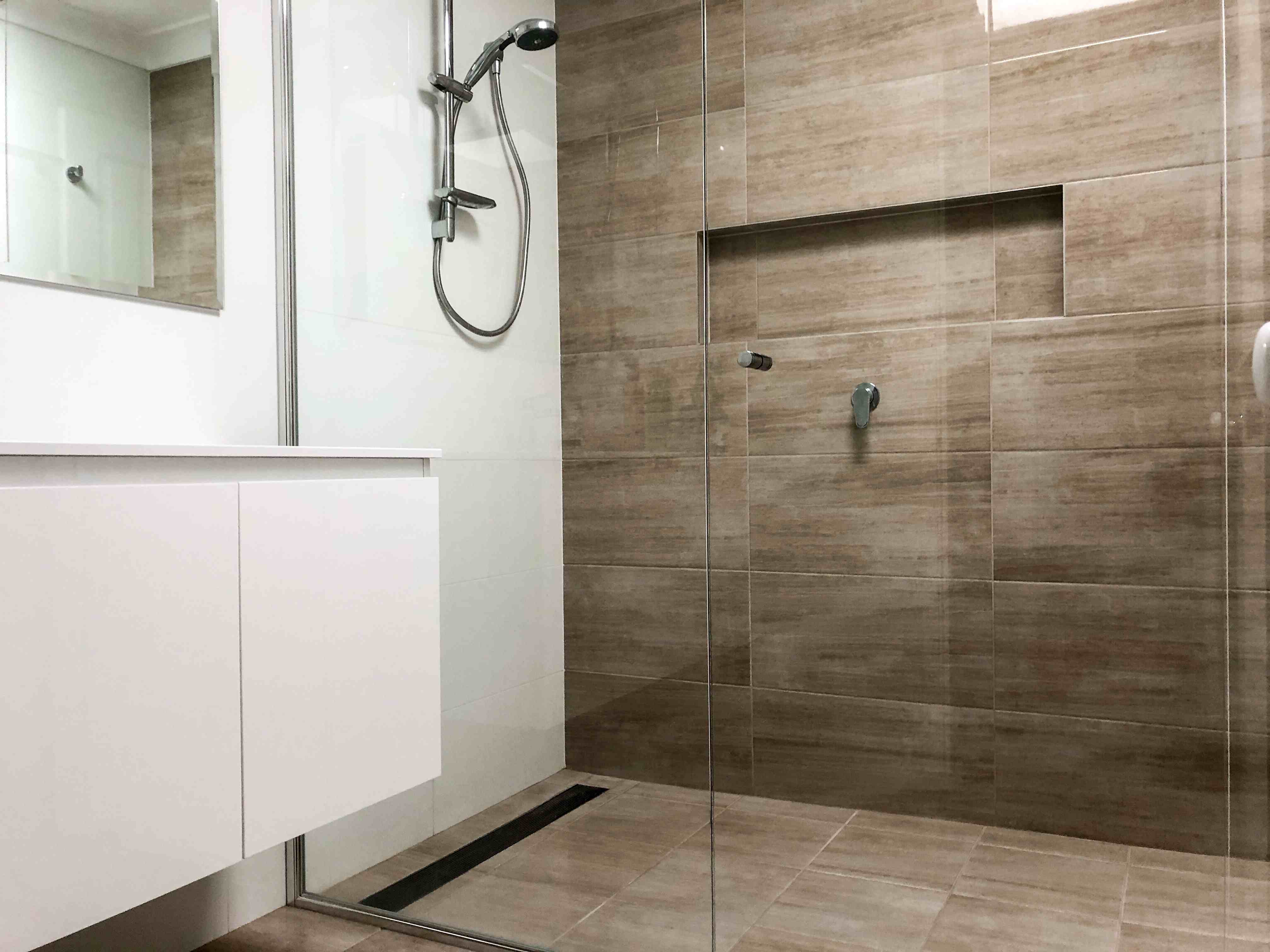
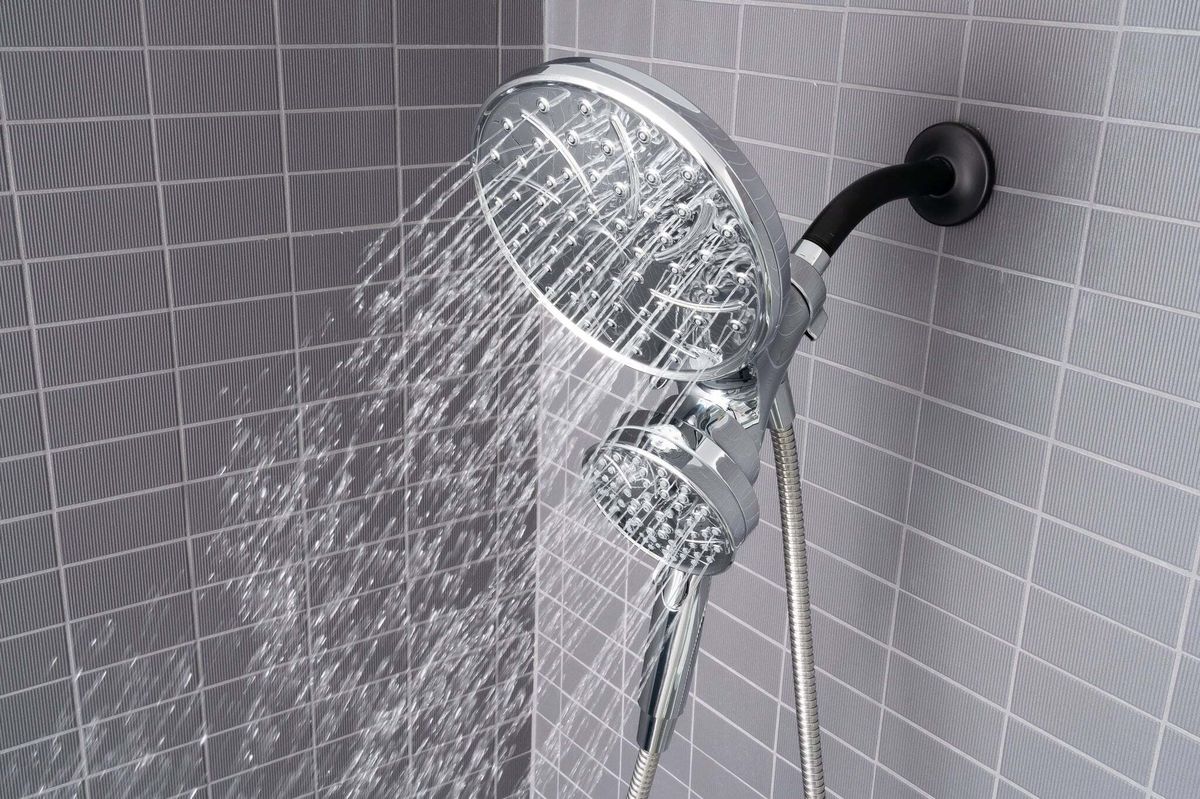
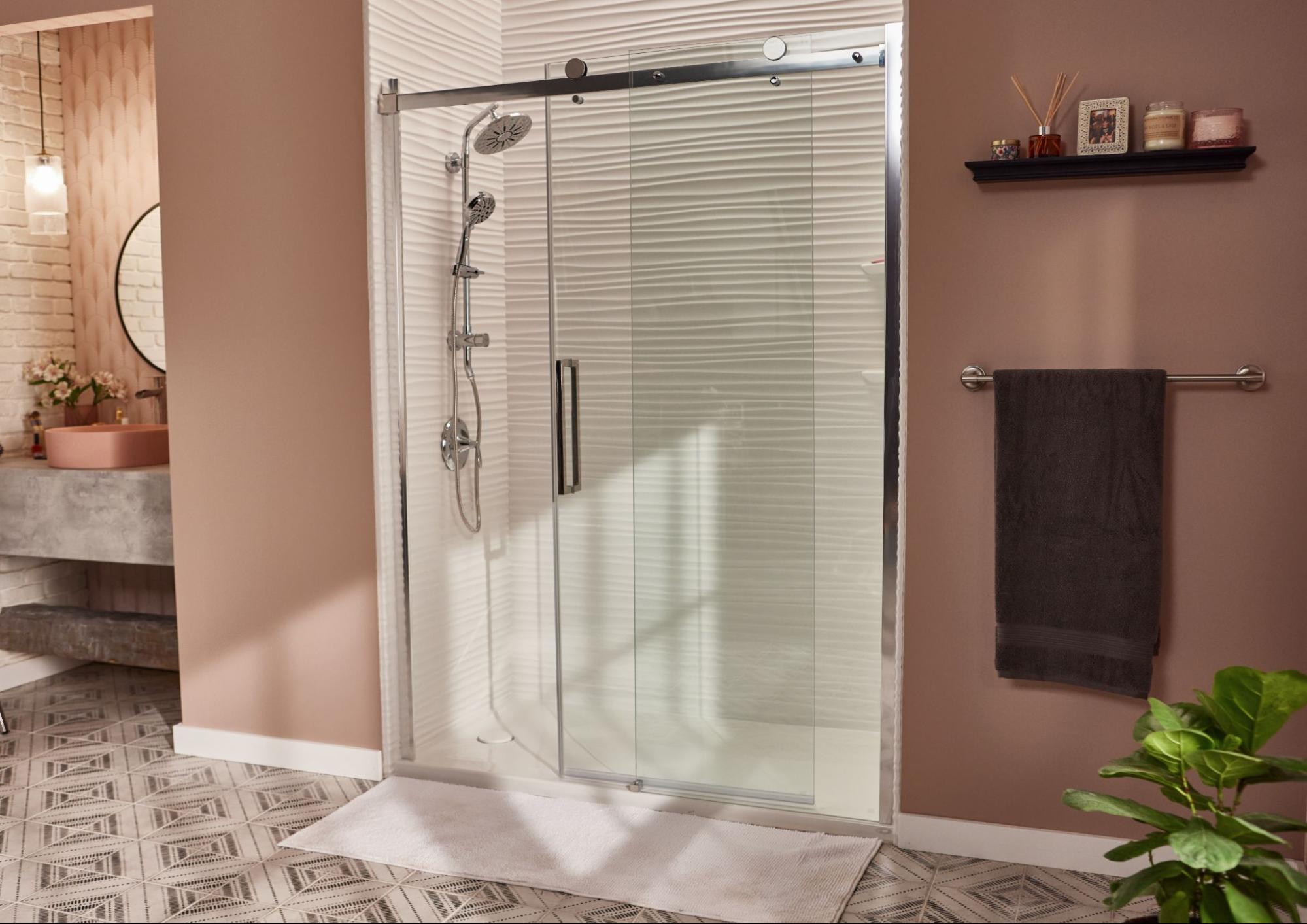
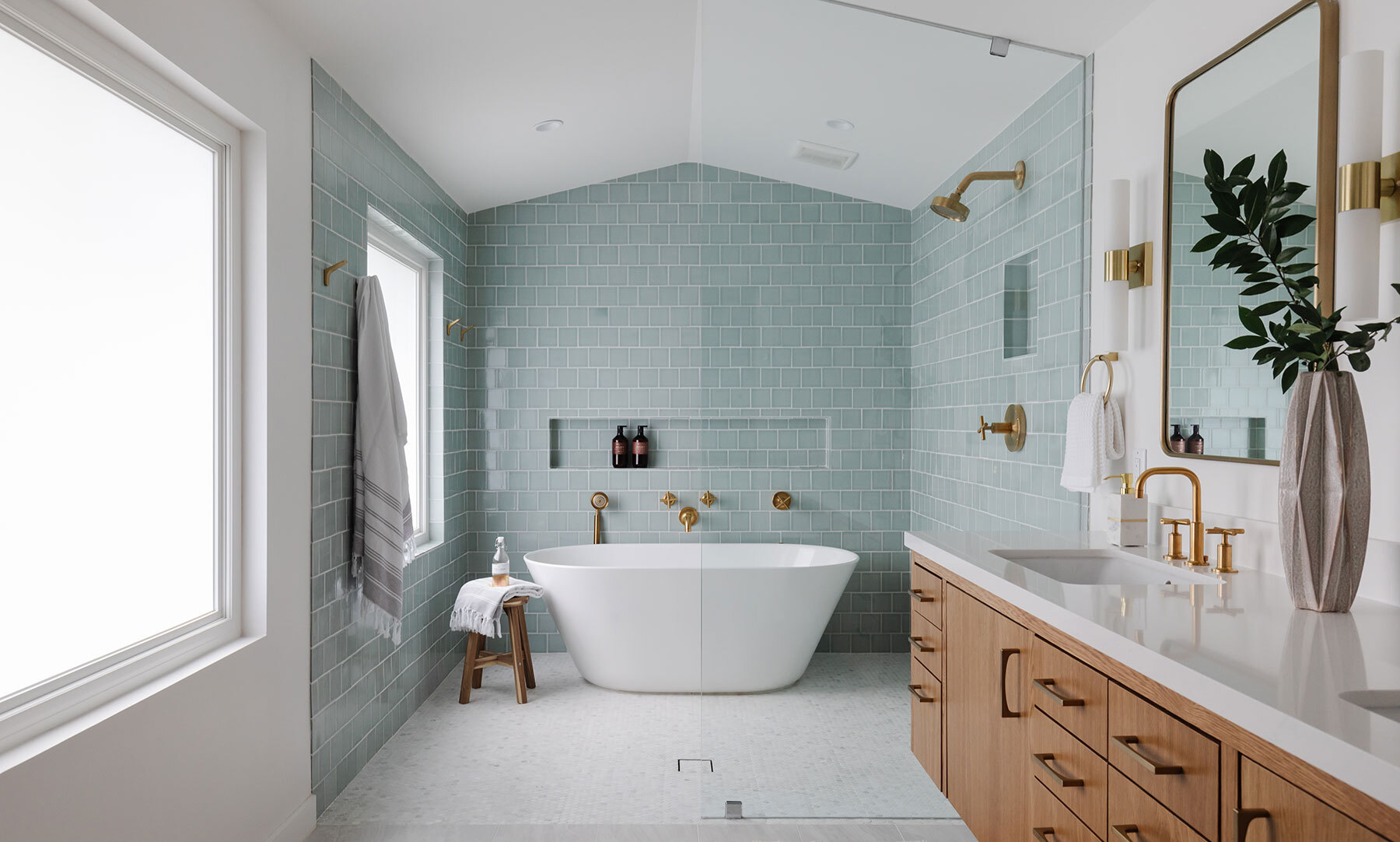
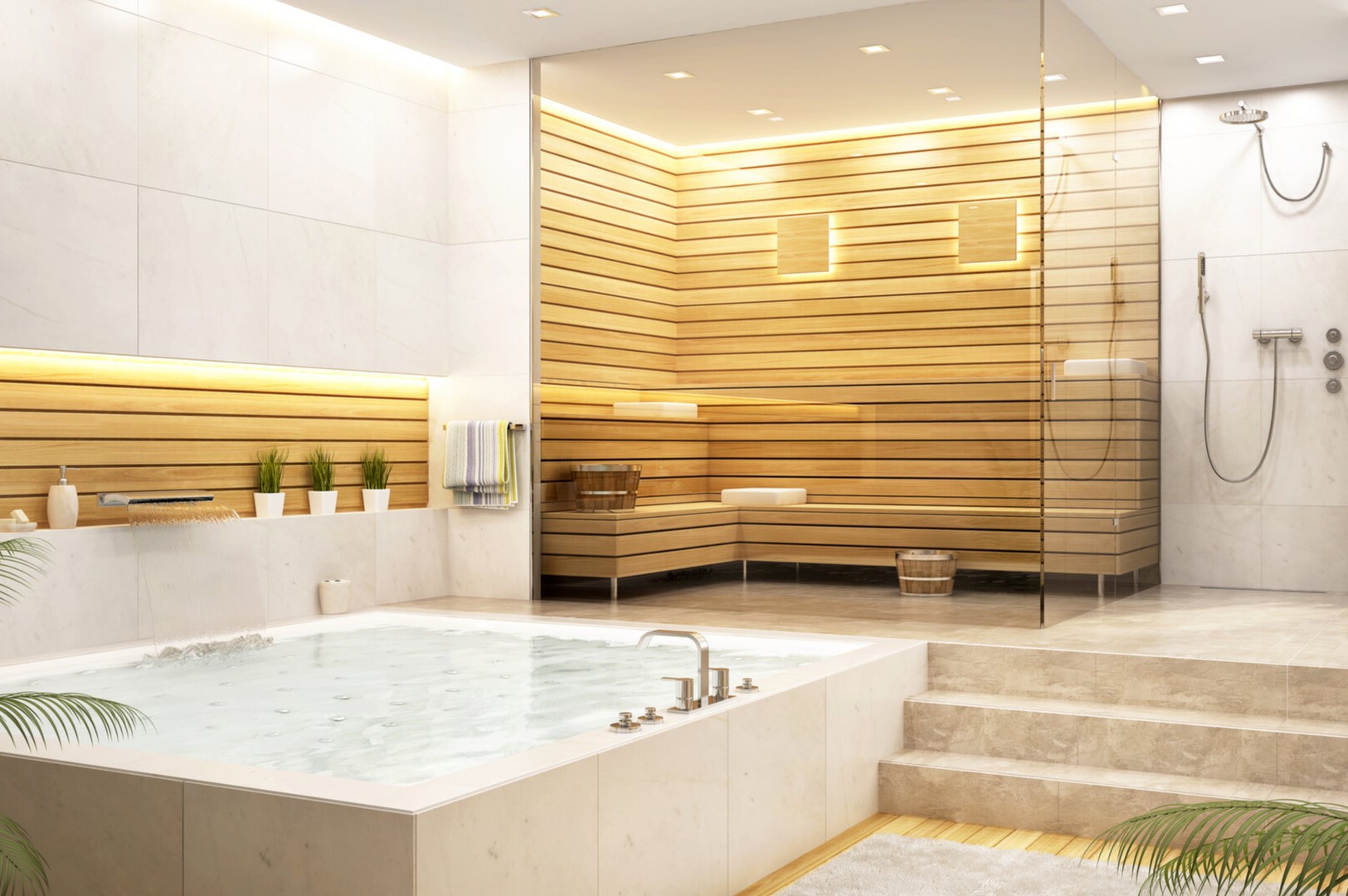

0 thoughts on “DIY Guide To Installing A Bathroom Shower With Personalized Microbiome Support”